The artist wrote about mixing watercolors and ended up making a 800 page manuscript and hand painted book about the uses of color in painting, their tone changes and hues. His piece was once considered the most complete color guide for painting of all time, and it's very interesting to know that it was conceived as an educational guide! Not bad at all, in my humble opinion.
You can check out Boogert's complete book for free here.
What about you, dear readers? Do you know any good color book to recommend me? Tell me in the comments!
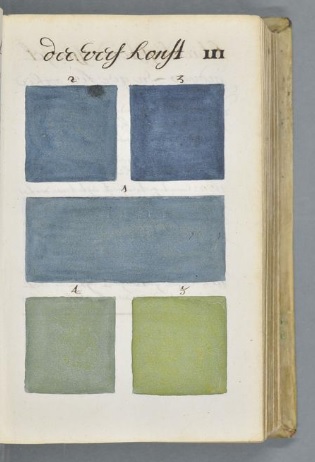
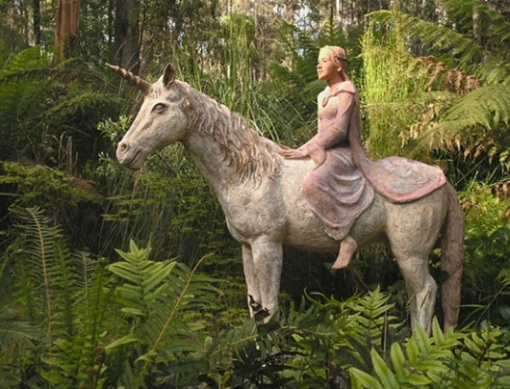

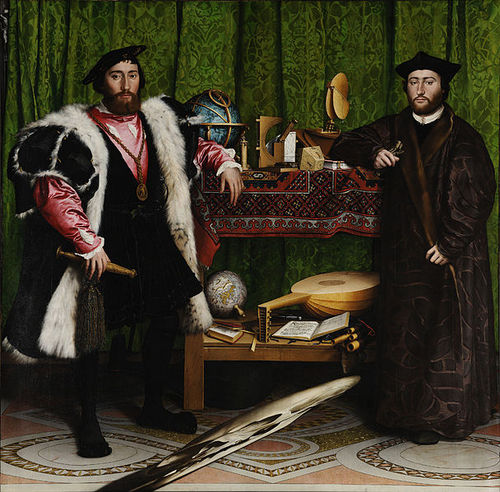
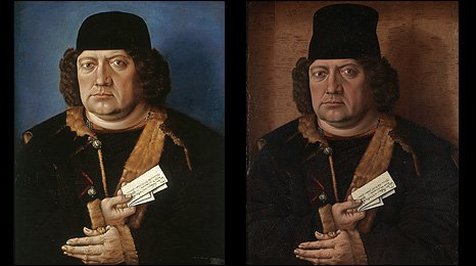
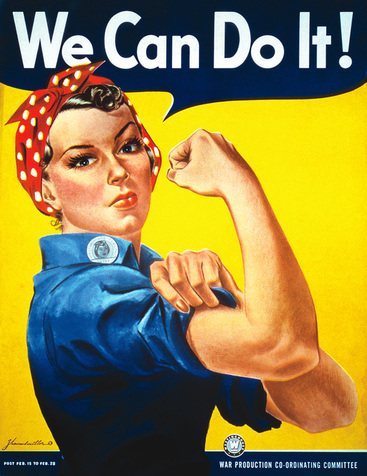
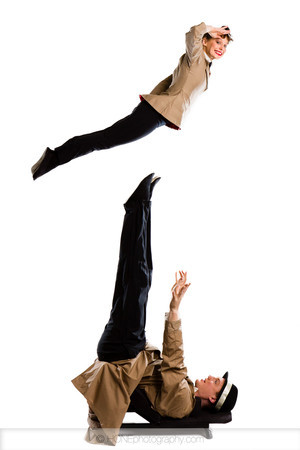
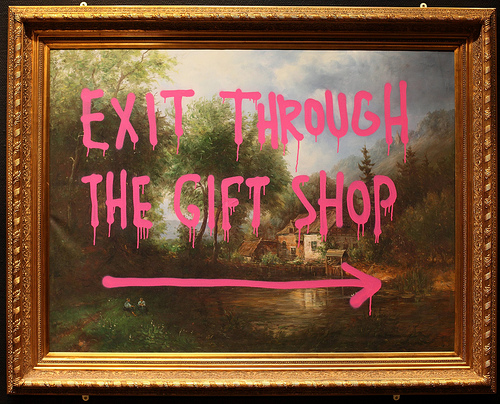
 RSS Feed
RSS Feed